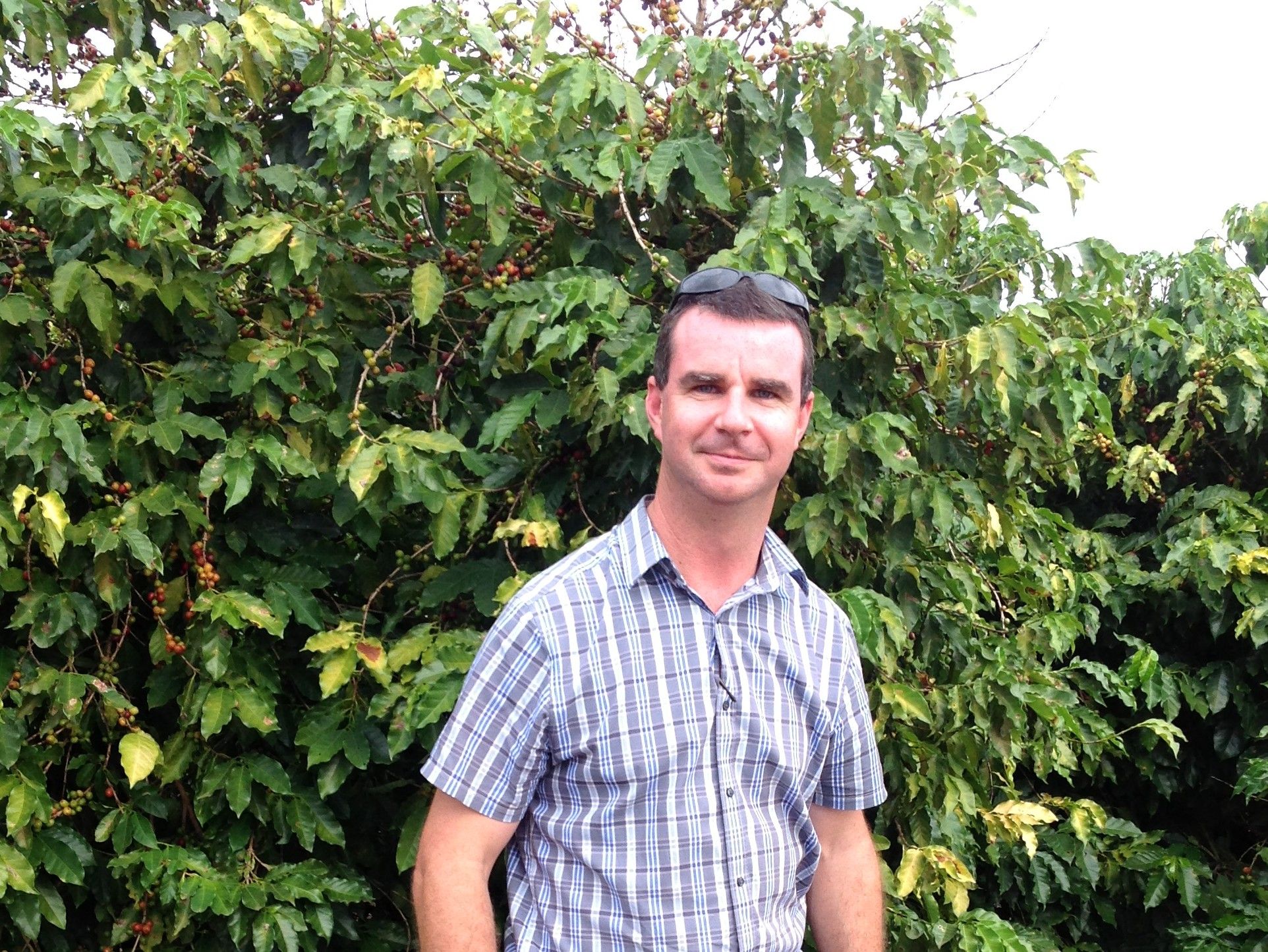AgBiTech is an Australian biopesticide company that’s been operating in the ag biological space for 16 years. The company’s flagship product is a biological insecticide that uses a naturally-occurring nucleopolyhedrovirus to target Helicoverpa armigera caterpillars — also known as cotton bollworms — which affect a wide range of crops including soybeans, corn, cotton, tomatoes, sweet corn, and sorghum.
Last December agribusiness private equity firm Paine & Partners made a majority investment in the company. We caught up with CEO Anthony Hawes, ahead of his speaking slot at the 400M AgInnovate Investment Forum in Toowoomba next month to hear the company’s future plans and his views on the biologicals sector.
What can you tell us about how the investment from Paine & Partners came about in December 2015?
We come from a different background to most agtech startups; we’ve been operating since 2000 and we are self-funded. We hadn’t really looked for outside funding until recently when we looked for investment partnerships to help us grow.
A lot of those meetings were with industry companies rather than investment firms like venture capital funds or private equity funds. But then Paine & Partners came to us with their business model of only investing on a majority basis only, and that approach was very serendipitous for us.
Did the investment involve buying out part of the founders’ stake, or was it all new equity to fund growth?
We did not disclose details of the investment, but part of the deal involved capital raising to help us fund the next five years.
We have a very clear strategic plan around developing new products in key markets — predominantly North America and South America — R&D, and also building a production plant in the US.
We have a plant in Australia that manufactures our core product, but for new products, we need to produce outside of Australia since it involves producing an exotic virus. This is not possible in Australia due to regulations around quarantine, so we decided to do so in the US. And our new products will be registered in a number of jurisdictions.
What are the main challenges facing your strategy?
We have to take our existing technology and adapt it to produce new products. Obviously, the ag-chemicals sector is a bit depressed at the moment, but we don’t see that as a major issue for us in the medium to long term. Ag goes through cycles but there is some concern in the industry at the moment. This is partly because the large R&D companies do not have a lot of new insecticides coming through the pipeline, which creates an opportunity for us.
There are various regulatory challenges too because every country has its own regulations to adhere to.
Have you hired new staff?
We are in the middle of making several strategic hires in the US and Brazil primarily in a combination of development, manufacturing, and commercial marketing roles.
How do you choose which pests to go after?
Those that are a significant problem for row crops, which are our main focus. We also target those that are complementary to our existing product range.
We focus on row crops because pests are much more manageable there than in horticulture, where there is a high expectation to have minimal damage to crops. Part of it is that consumers want good-looking food. Biological products don’t fit as well among farmers seeking a very high level of control, because they are not quite as efficient as chemistry. There is a role for biologicals in horticulture, but we feel our fit is in broadacre agriculture.
How has the ag biologicals sector developed in last 10 years?
It’s an interesting area and I have fairly strong views. I think the long and short of it is that we don’t think of ourselves as a biologics company. We are a company that manufactures products that are helping farmers to make more profit. I think one of the problems with a lot of biologicals companies — especially those in Europe — is that they’re focusing on replacing chemicals and low residues, rather than on developing products that are high performance and at a reasonable cost.
A product doesn’t have to be high performance; it can be moderate but then also cost effective and at a price that makes sense. I think a lot of biological products don’t do that.
Without a doubt, there’s really no potential, even in the long term, for biologicals to replace chemicals; they just don’t provide the same spectrum of control and level of efficacy. But they can play an important role in improving the longevity of chemicals and GM products — by minimizing pest resistance to chemicals and traits — and also in reducing pest pressure to make a population easier to manage with chemicals.
In Australia, one of the lowest value crops is sorghum and our product is used as a standalone treatment, but in sweetcorn, because it’s a higher value crop, our product is used in combination with others.
How are you being distributed and how have you found the adoption cycle?
We are distributed by traditional retailers. With new products that are fairly technical it can be difficult to get the message through, but we don’t generally push through the supply chain; we work with farmers to get a pull through.
We will talk to as many farmers as will listen about using the product. We’re mainly in touch with advisors and larger farmers to talk about how our product could be used to improve their bottom line. We also provide advice on how best to use it and work with consultants, universities or local governments who understand the product better so they can make recommendations.
We will also do presentations at technical meetings and talks.
Who are your main competitors?
We compete in a fairly saturated marketplace of synthetic or newer chemistry that’s very safe but more expensive, and older, harder, chemistry that sometimes doesn’t perform so well, and has issues with resistance, but is cheap. GM crops that produce a protein toxin that kills caterpillar are also competing in the space and are often not that expensive. Some GM crops have significant resistance problems with some weeds, like Roundup-ready cotton in the US. It’s a reasonably complicated decision for a farmer whether to use a trait or not. It can be very effective and fantastic, but it needs to be protected or they will develop resistance if it’s not looked after.
What’s your longer term goal for the company and what type of exit do you expect Paine & Partners to get?
We have no fixed view at this stage. Paine & Partners’ business model is to invest over a set period. This investment was made out of Fund IV, which closed last year, so they have got 10 years to run with it and we have a fairly large window to work with. I think our focus is to build the company up by improving the portfolio of products, build production assets, HR assets, and improve the technology out of Australia.
Have news or tips? Email [email protected]

















Sponsored
International Fresh Produce Association launches year 3 of its produce accelerator